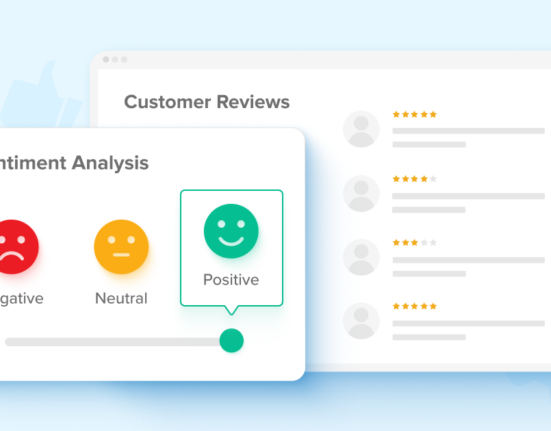Brand Management, Consumer Experience, Retail Execution, Shelf Intelligence
How do shoppers perceive your brand? Learn how to manage your share of search, product availability, and retailer assortment to ensure your consumers are having positive experiences with your brand and retailers.









